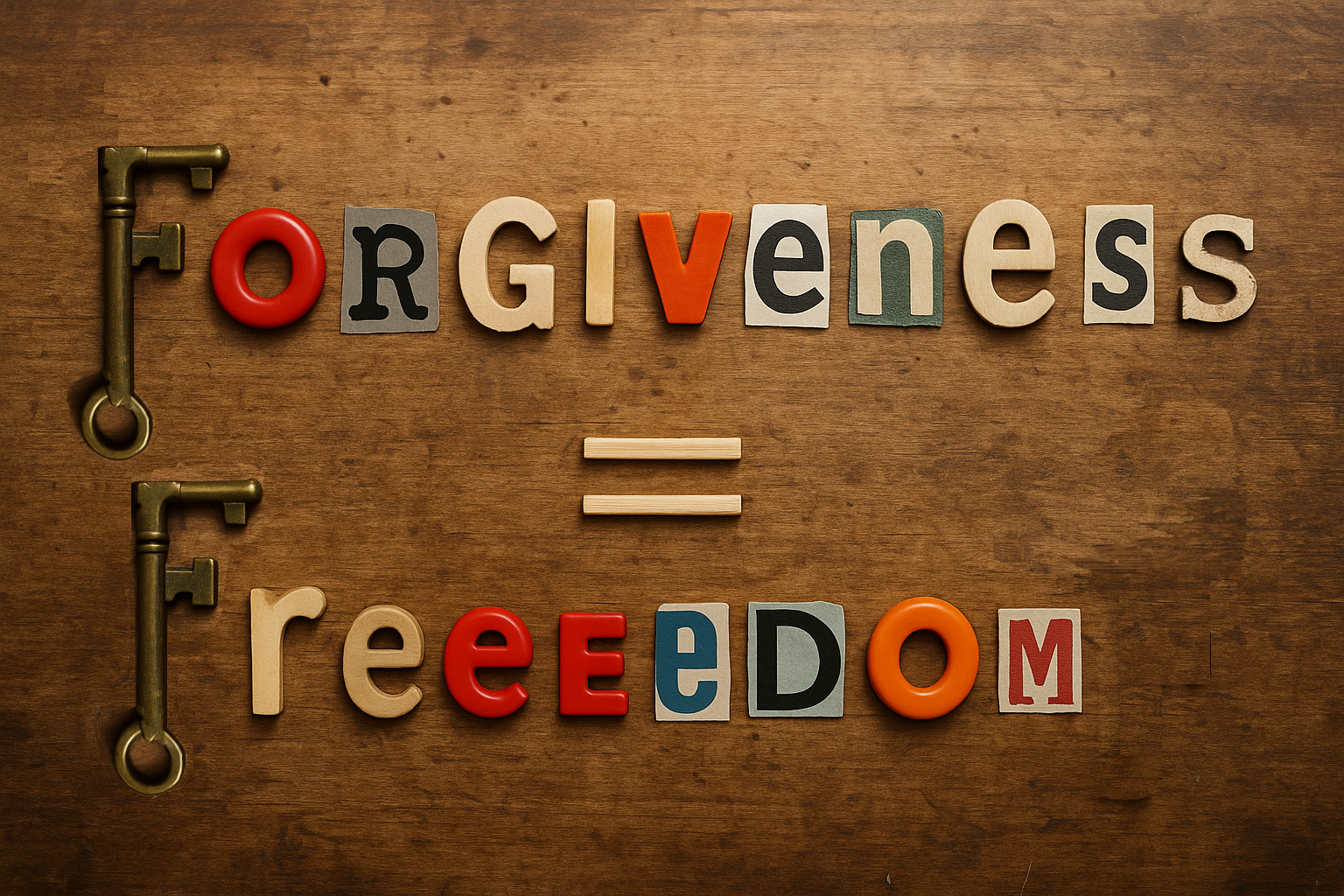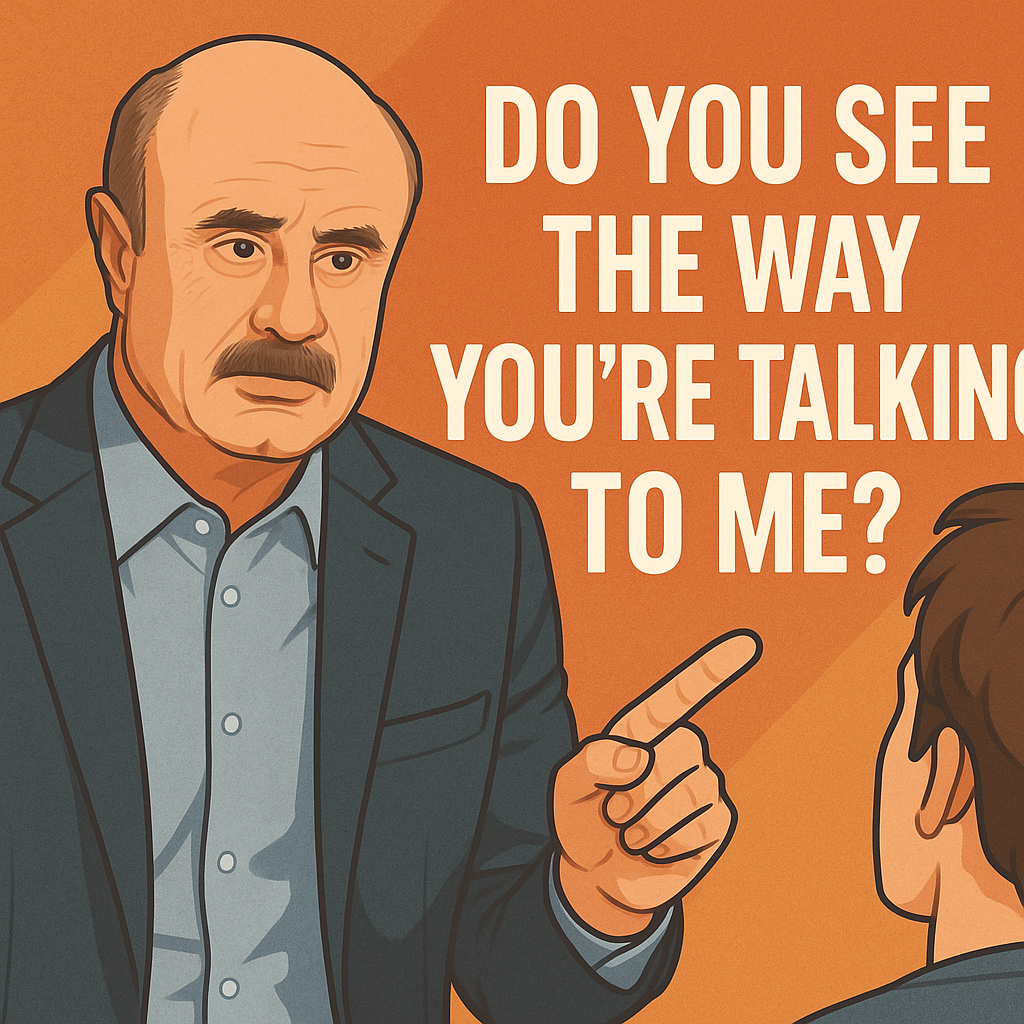As an EMDR therapist in Carrollwood, I often meet people who are curious about Eye Movement Desensitization and Reprocessing (EMDR). Some hear about it through friends or colleagues, while others have tried it before and want to continue. Many arrive not sure what to expect. Because EMDR is different from traditional talk therapy, I always make it a priority to help clients feel comfortable, informed, and supported from the very beginning.
My training with EMDR Consulting has given me a solid foundation to integrate best practices into every session. Over time, I have learned how powerful EMDR can be for people working through trauma, PTSD, and many other struggles.
A Personalized Approach to Healing
When I begin working with a new client seeking EMDR therapy, the first step is gathering a detailed history. This process is about much more than symptoms—it’s about understanding the whole person.
I take cultural considerations seriously, exploring factors such as age, ethnicity, marital status, gender identity, sexual orientation, religion, education, economic background, and immigration status. I also review physical and mental health history, and I ask whether clients feel comfortable discussing identity, race, and culture as part of our work together.
These conversations help me understand how clients have faced challenges, how wide their “window of tolerance” is, and whether they feel generally stable or dysregulated. I also explore attachment history. Secure attachment, where caregivers are consistent and responsive, offers a strong foundation. But many people experience disruptions that can shape emotional patterns into adulthood. This context helps me design treatment that feels safe and effective.
Building a Target Sequence Plan
Before we begin processing trauma, I always teach grounding strategies. These may include breathing exercises or other calming techniques. I want each client to have options so they can choose what works best for them.
Once grounding is established, we build a target sequence plan using EMDR’s three-pronged approach: past, present, and future. Together, we identify painful memories, current triggers, and anticipated challenges. We also uncover negative beliefs, such as “I’m powerless” or “I’m not safe,” and begin working to install more adaptive beliefs, like “I am strong” or “I can handle this.”
Sometimes I use structured surveys from my EMDR consultants to help identify blocking beliefs and clarify which negative thoughts are most impactful. This process ensures we’re addressing the root issues while also building a foundation for future growth.
More Than PTSD Treatment
Many people think EMDR is only for PTSD, but that isn’t true. EMDR can be used to treat:
- Grief and complicated loss
- Addiction and relapse triggers
- Phobias and irrational fears
- Anxiety and panic attacks
It is a versatile approach that can be adapted for telehealth or in-person sessions. EMDR can also be used in recent crises, and it has applications with couples, children, and people navigating life transitions. This wide range of uses is one reason I am proud to be part of a community of EMDR clinicians helping clients reprocess their experiences and create healthier ways of thinking and living.
The Processing Phase
When we move into processing, informed consent is always essential. Clients know exactly what to expect before we begin. Processing involves bilateral or dual attention stimulation (eye movements, taps, or tones). This activates the brain’s natural problem-solving ability, helping unprocessed memories lose their intensity and allowing new, healthier beliefs to take root.
Throughout this stage, we track disturbance levels, monitor changes in thoughts and emotions, and reinforce adaptive beliefs. Over time, many clients report relief not only from the weight of past memories but also from the anxiety of present triggers and the fear of future events.
A Path Toward Healing
Every client’s journey is different, but the goal of EMDR therapy is always the same: to release the emotional burden of unprocessed experiences and create space for healing, resilience, and growth.
Whether you are struggling with trauma, searching for PTSD treatment in Tampa, or looking for practical help with anxiety, grief, or addiction, EMDR may offer the relief you have been hoping for. As an EMDR clinician in Florida, I feel honored to walk alongside clients as they reprocess their past and move toward a calmer, more confident future.



